How do we use your location?
Knowing your location helps us recommend plants that will thrive in your climate, based on your Growing Zone.
Our Learning Centers
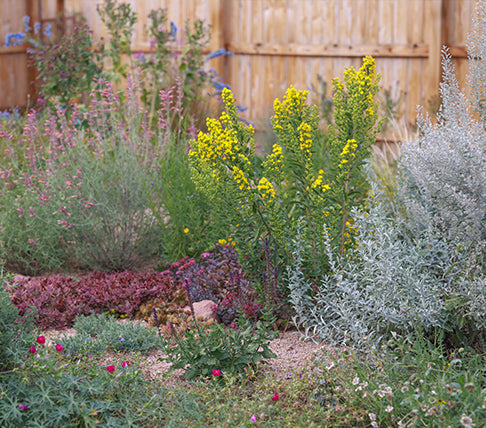
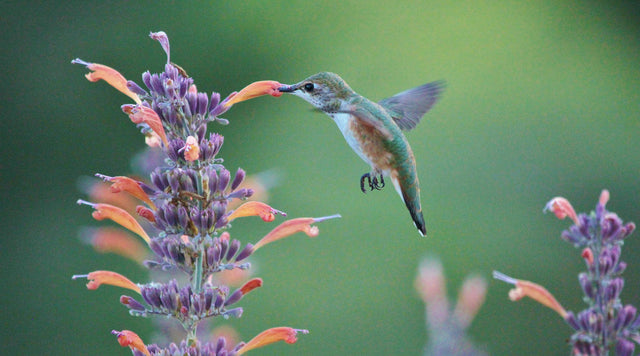
By David Salman, High Country Gardens Founder “The hum of bees is the voice of the garden” Elizabeth Lawrence, garden designer and author (1904 – 1985) What do we mean...
Read More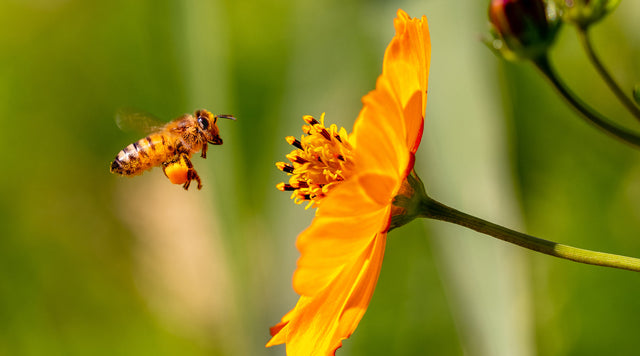
Help to Assure Pollination Bee on Echinacea 'Rocky Top' hybrid. Pollination is an essential part of the web of life, and nowhere is it a more essential than when growing...
Read More
By David Salman, High Country Gardens Chief Horticulturist For me, no other insect so readily brings a smile to my face than to watch a busy bumblebee buzzing around the...
Read More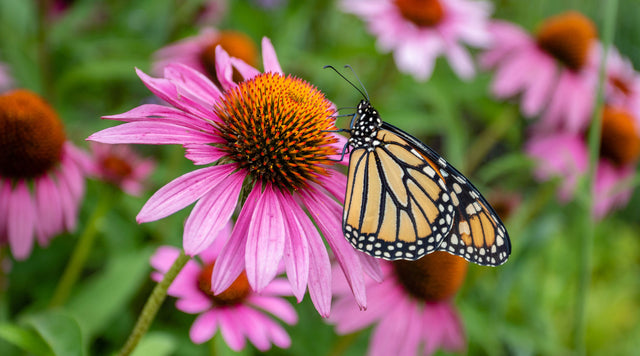
By David Salman, Founder of High Country Gardens. Banner photo by our customer, Steve T. A butterfly garden can be a wonderful part of your landscape, and will make a...
Read More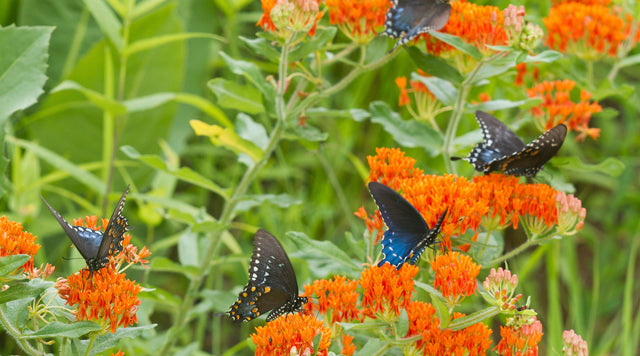
By David Salman, High Country Gardens Chief Horticulturist Pollinators are the pulse of the planet. To say pollination is an important process would be an understatement. Pollinators such as native...
Read More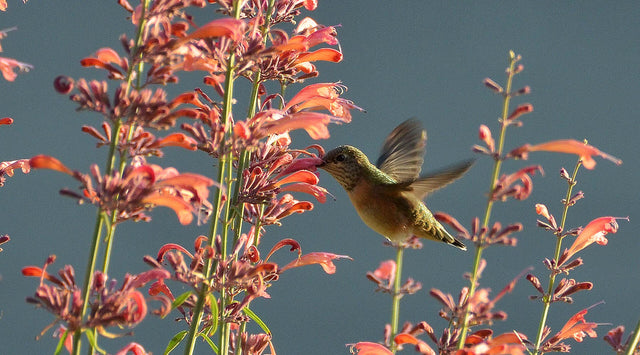
By David Salman, High Country Gardens Founder In spring, hummingbirds start to make their appearance in my gardens. At first, it is one bird, and then there are 3 or...
Read More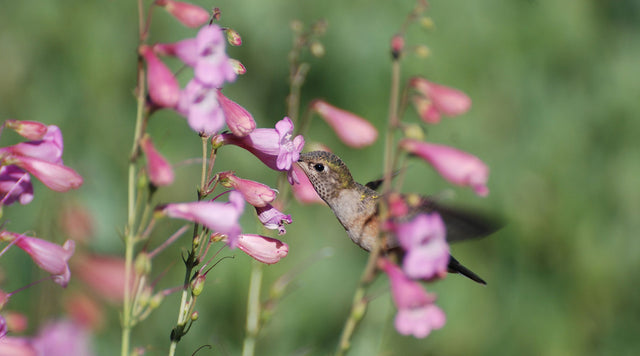
Did you know that the southwest is home to more hummingbirds than any other region of the US? Some hummingbirds are year-round residents in the American South and West, but...
Read More